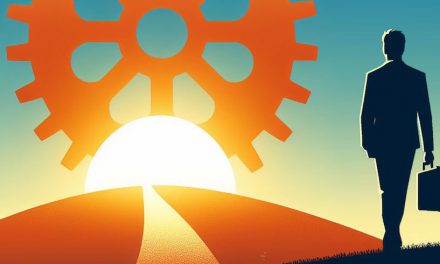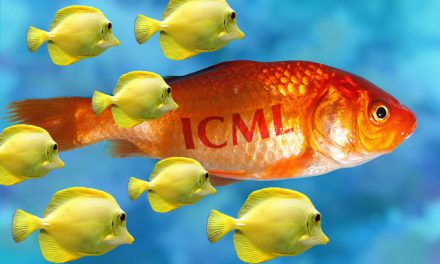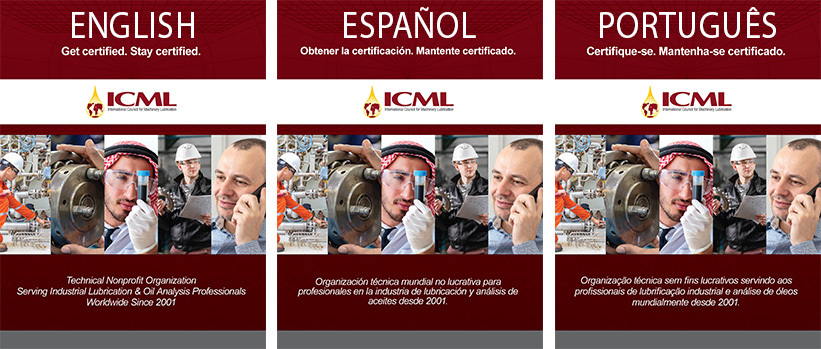November 4, 2021 | Today we meet Brian Thorp, a retired PdM lube technician who earned his first certification with us when he passed his MLA II exam in Atlanta, GA, within our very first year of operation. He stepped up to MLA III less than two years later and maintained that certification ever since. At that time he sat his first exam, he had only recently transferred into the predictive maintenance group at Seminole Electric Cooperative, a company where he would stay gainfully employed until his retirement in 2019. In his survey responses below, Brian touches on mentorship, career satisfaction, and the value of understanding the purpose of oil analysis.
What education/career background led you into a lubrication career, and what prompted you to seek ICML certification?
I attended a vocational school for mechanics out of high school, and then I worked on construction equipment for several years. This was my first exposure to oil analysis as we started using it for troubleshooting problems (1979). Fast-forward 20 years: I’ve been working at the power plant 14 years, there was an opening for a lubrication person in the the trying-to-be-created Predictive Maintenance group. Once established, certification was the way to step increases.
Briefly recap the occasion of your first ICML certification exam in 2001.
My first certification was the OMA through STLE, as ICML did not exist yet. I accidentally let it lapse, so then I made the road trip to Atlanta in December 2001 to take the MLA II test, which was administered after a formal training class.
What has motivated you to recertify consistently all these years?
We needed to keep certifications current for work, and it was a good way to show other people you were dealing with that you had some formal training.
How has ICML certification helped you the most?
Personally, it provided a satisfying, enjoyable last 19 years of my career. Professionally, it provided me with a great career which has allowed me to enjoy my current situation: retirement!
What is your favorite memory/experience of your lubrication journey?
Way too many to list. There were always those a-ha moments when we figured out what was wrong. And there were also the longer, satisfactory moments, say after a lubricant was changed and coolers or filtration added, and we would make it past the previous failure time.
Who has helped or encouraged you along the way?
I was very fortunate to have had a great lube company rep in the beginning–not a salesman, but someone who knew their way around machinery and lubricants. Another great first was my oil lab contact. He had great patience and spent lots of time on the phone explaining things this budding lubrication mind was wondering about. Another early contact helped me write my first article about a problem I had solved, which led to a presentation at a conference. This opportunity led to meeting many more influential people during the next 19 years.
How has lubrication technology (for application, sampling, or analysis) changed the most since you were first certified?
Application: In the old days you found a bucket, maybe wiped it out, got oil from the drum with water on top and poured it in through a dirty funnel. Today, hopefully, you use one of the many well-designed , properly labeled oil containers, getting filtered oil from your properly set-up lube storage area, and no dirty funnel needed since you have a neat spout or pump on your container.
Sampling: Early days, you would snake the sample tubing down into the reservoir, hoping to get the right spot and not scrape too much stuff off the sides on the way in. Today you have properly installed sample fittings to collect consistent, clean draw samples. Sample fittings also reduce the time to pull samples.
Analysis: In the early days everything was pretty much done manually, but now there is automation where it can be used.
What would you identify as your top tool or technology on the market today, and why?
Education and training! If you don’t understand the purpose of doing oil analysis–not just for the condition of the equipment, but also for the condition of the lubricant–then you are just going through the motions. If you use this information to improve the operating conditions of the equipment, you will improve reliability and possibly extend the life of the lubricant and the drain intervals, thus saving money.
What remains the biggest challenge to the implementation and/or sustainability of successful lubrication programs?
All of these are written in every book about predictive analysis. In this ever-changing world it is a constant battle to convince the next operating plan that the technologies are still very valuable and needed.
Hobbies, Interests, activities outside of work
Self-employed, retired, whatever I please!








